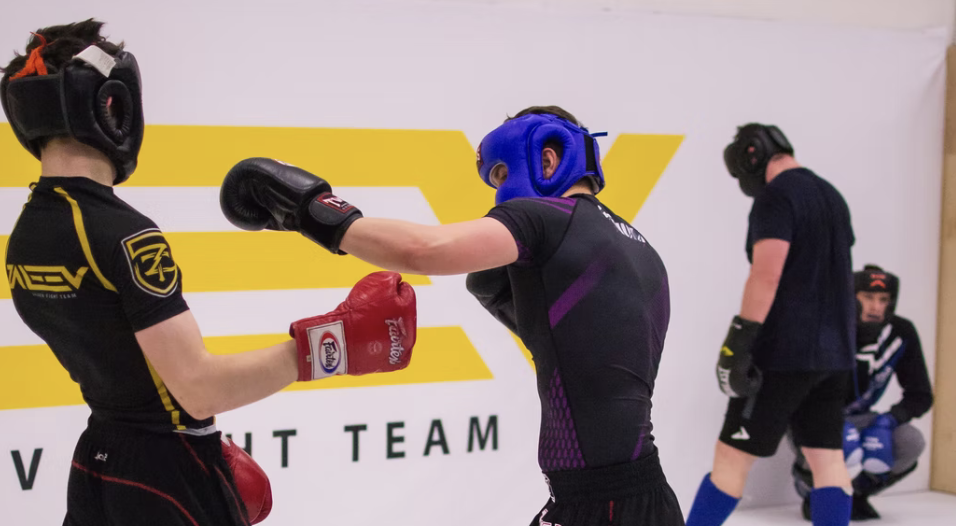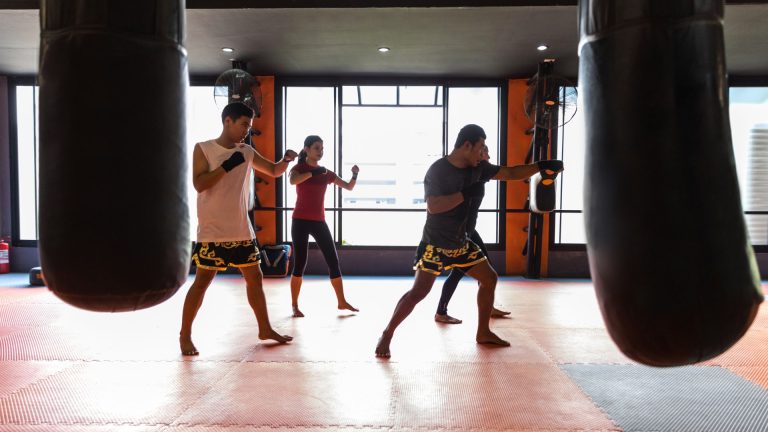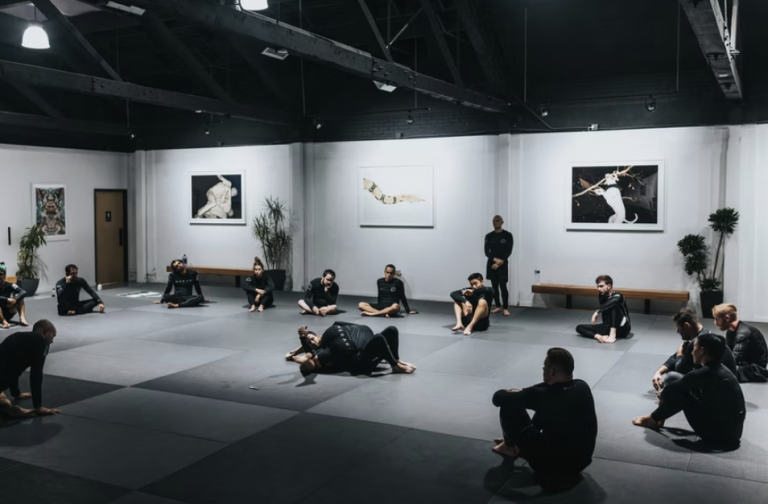An Aspect of Learning Martial Arts Business Online: The Different Cultures Inside Gyms
Running a martial arts gym means taking care of the various aspects of the operations. If you’re learning martial arts business through online resources, one of the things you need to consider is the gym culture.
While martial arts is all about sports, some consider combat sports as a lifestyle. More than the technicality of learning skills, students also learn martial arts as a hobby or part of their recreation. This makes gym culture a crucial part of building the image of a combat sports facility.
Mixed martial arts (MMA), for instance, had 1.7 million participants in the U.S. that attended instructions mainly for their fitness. The number increased in 2021, reaching 2.34 million individuals participating in MMA as their fitness regimen. This is just one form of combat sports, with other martial arts gyms looking forward to attracting students into their academies. One way for them to invite more students is by building an amazing gym culture where students can flourish.
What Makes Gym Culture Important
Values and morality
Martial arts get the image of brutality from the intense fighting actions. Despite the violence, there is still a need to instill values and morality inside a gym. Practicing martial arts doesn’t always mean resorting to violent acts. It is also important that certain values be followed.
Practicing martial arts is already controversial in itself, especially with youth involvement. A collective study on the social-psychological outcomes of youth practicing martial arts showed mixed reactions. Most of the young people who practiced either Karate or Taekwondo showed higher levels of self-confidence, energy control, and physical well-being. Other studies, however, indicated aggressiveness and hostility. This is why setting the tone for a martial arts gym is important to flesh out the positive character of the individuals practicing them.
Gyms are places where people carry on with their passion for a martial arts sport. Men and women who are interested in learning martial arts go to the gym to exert their physical and mental skills dedicated to the sport. They don’t go to a gym to release anger – the fighting actions serve to demonstrate their physical capabilities.
Attract and retain students
The right gym culture helps get more students for a gym academy providing martial arts instruction. It boosts the rapport between each student trying to learn and practice a specific martial art.
As students are the lifeblood of a martial arts business, it’s important to cultivate a culture where more students are interested to enroll. The right culture can bring in more students while a less-appealing culture may only discourage students from choosing the martial arts gym.
Gym owners learning martial arts business online must understand how students pick a training facility. These students will likely check reviews of the gym, where they can read either positive or negative feedback based on what they’ve experienced inside the gym.
Different Types of Cultures Within Gyms
Helping one another
One common culture in gyms is an environment where instructors and fellow students help one another towards the goal of improving their craft.
Students need all the help they can get in learning martial arts. Be it following the proper technique or avoiding injuries, the gym is a place where the culture of being helpful can contribute to the improvement of students’ skills.
Some actions that make a gym have a helping culture is when instructors freely share what they know with the students. They advise on the proper form and ensure that students don’t succumb to injuries by following the wrong techniques when learning combat sports.
Inclusive culture
In some gyms, there is also a culture of accepting students regardless of their background. The culture of being inclusive is the gym’s focus, bringing students from different profiles.
Having this culture means the gym is not exclusive to only one group of people. These gyms are accepting of diverse people interested to learn martial arts – doesn’t matter what race, age, or other demographic the students belong to.
This type of gym culture is more obvious in a martial arts gym that has more than one combat sports instruction. A Judo training gym might have a section for Boxing. Or a BJJ gym that also provides Wrestling instructions. These gyms tend to have a more inclusive culture due to offering different combat sports training that will attract different groups of people.
Friendly competition
There are also gyms where competitive students bring their skills up for a challenge. In this culture, there’s an air of friendly competition.
The culture of this gym is all about making students be at the top of their game. This gym culture is a breeding ground for motivated and accomplished athletes that want to put in the effort of learning martial arts.
It serves to promote skills improvement and attract passionate martial arts aficionados. A competitive gym culture drives encouragement among its students. These gyms may even have a selection of reputable martial arts instructors that share their knowledge and expert advice. However, even with a friendly competition vibe, some students who only do martial arts as a recreational hobby may find the environment taxing them.
Combating bullying
The culture of bullying is a concern among a few gyms. This is the culture that martial arts business owners have to be aware of and take action against for their gym to be successful.
Whether it’s the students or the instructors, the culture of bullying emphasizes criticisms instead of correcting the wrong techniques. Bullying inside a martial arts gym only brings up the tension and does not contribute to the improvement of the facility.
The bullying behavior typically happens in a martial arts gym where the owner or instructors don’t set out well-written policies. They may also tolerate the wrong gym etiquette, which makes students believe they can simply bully their combat sports colleagues. Not only will this gym culture potentially turn off new students, but it may also lead to violence inside the gym.
Respect to everyone
Being respectful of one another is a culture that some gyms can cultivate. By giving respect to the gym peers, there’s a positive environment for learning martial arts.
The respect is evident in students giving honor to the instructors and senior martial artists. As well, instructors and more experienced athletes share what they learn with the new students.
Having this kind of a gym culture where everyone respects each other is favorable in terms of attracting new students. Different students may have different goals in learning martial arts – be it to be an athlete, get a black belt, or simply as a form of workout.
Cultivating a Positive Gym Culture
Fundamentals and progressive training
Martial arts students are there in the gym for a reason. They want to improve on their chosen martial arts whether for self-defense, workout, or competitive training. Thus, gyms need to incorporate both the fundamentals and support the improvement of students’ training.
As a training ground for martial arts, gyms must put focus on the basics and encourage students to progress in their chosen sport. Certain martial arts, like Brazilian Jiu-Jitsu, have their foundation set on fundamental concepts. Those who want to move to a black belt, like in the case of Taekwondo, will also do well if the gym has a progressive culture.
Setting the right atmosphere
The right atmosphere can make or break the potential success of a martial arts academy. Instructors who are teaching martial arts inside the gym can start setting an atmosphere that will be more conducive for students.
Gym owners have to consider the business side of their training facility. As with any business, it’s all about making the gym more attractive for martial arts aficionados that want to learn or develop their skills. In learning martial arts business online, you have to consider if your gym culture provides a healthy environment where every martial arts enthusiast – from fitness individuals to athletes – can achieve their goals.




